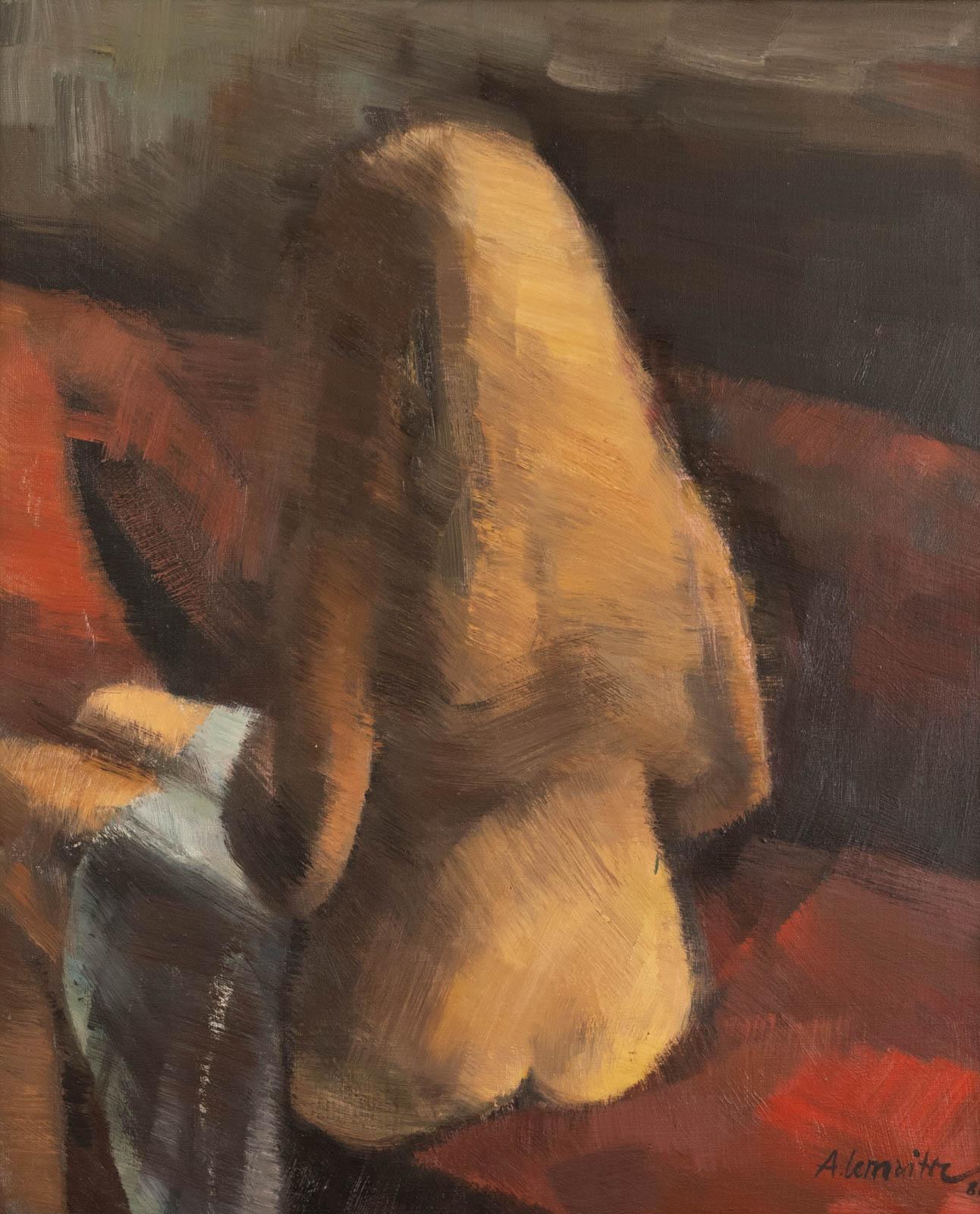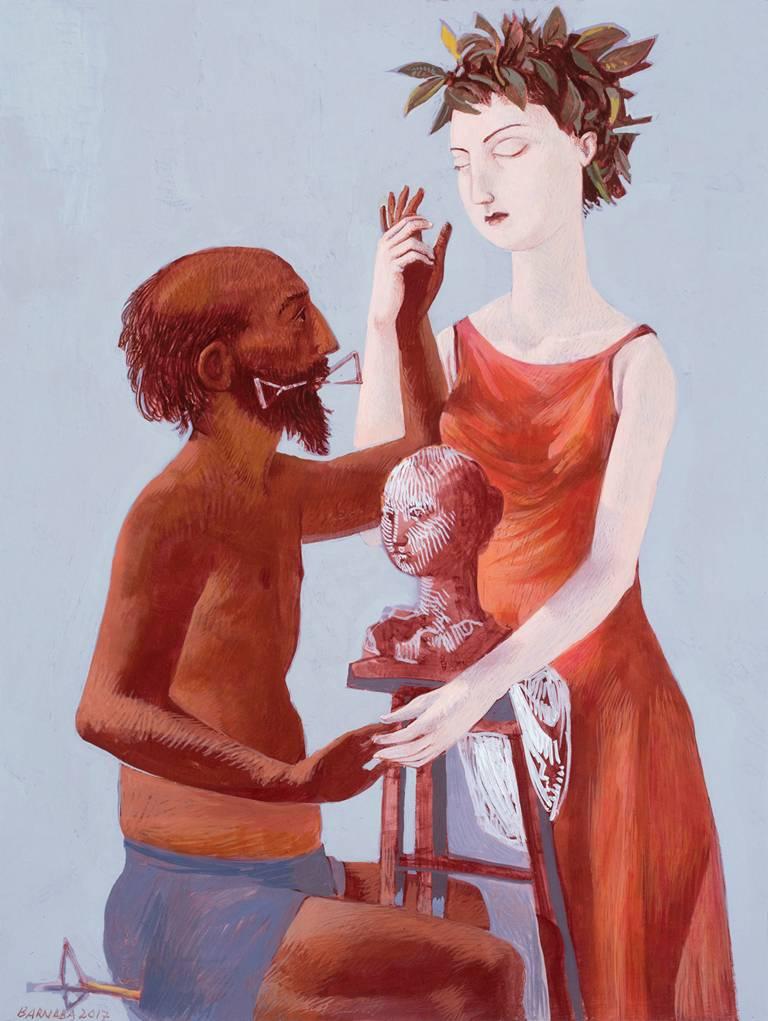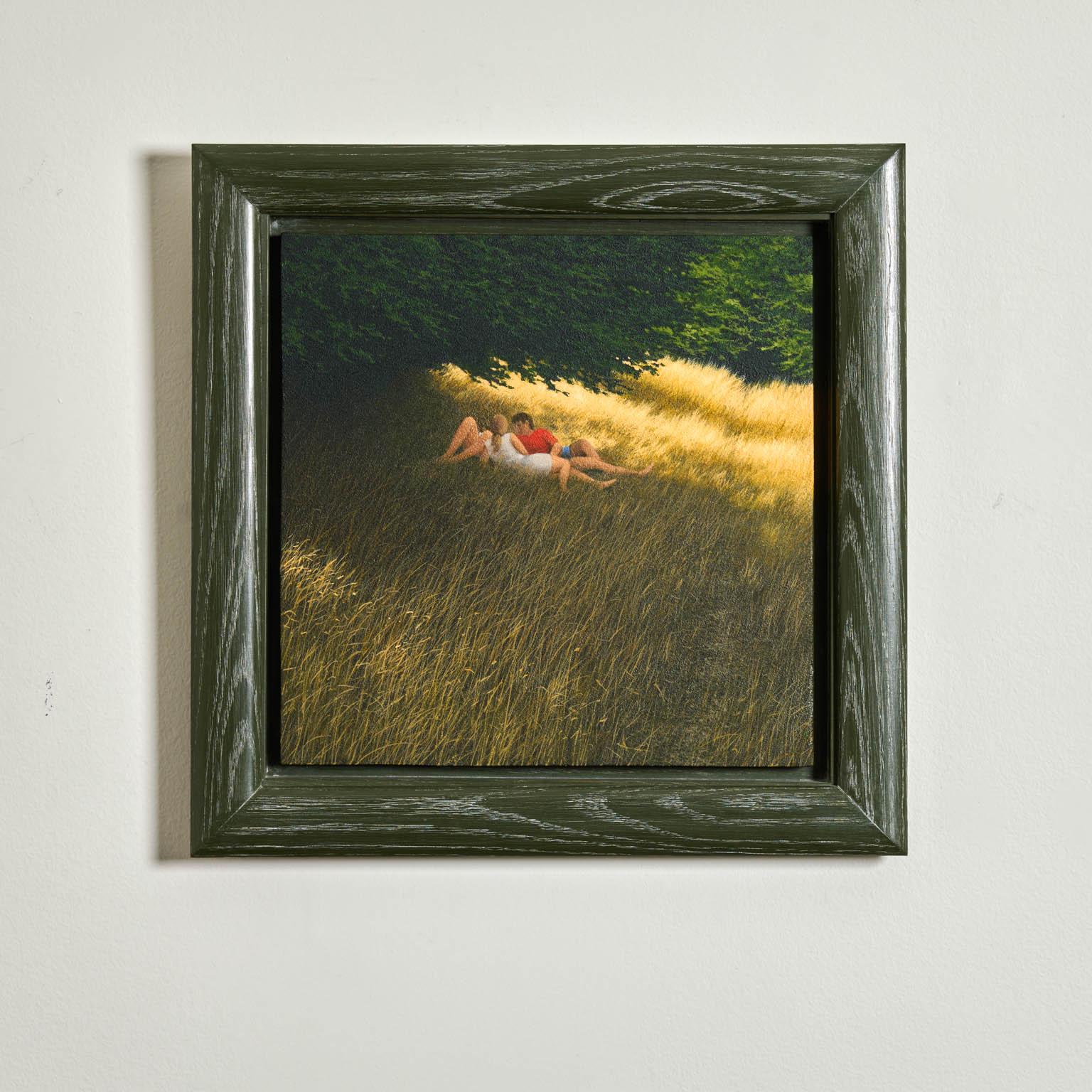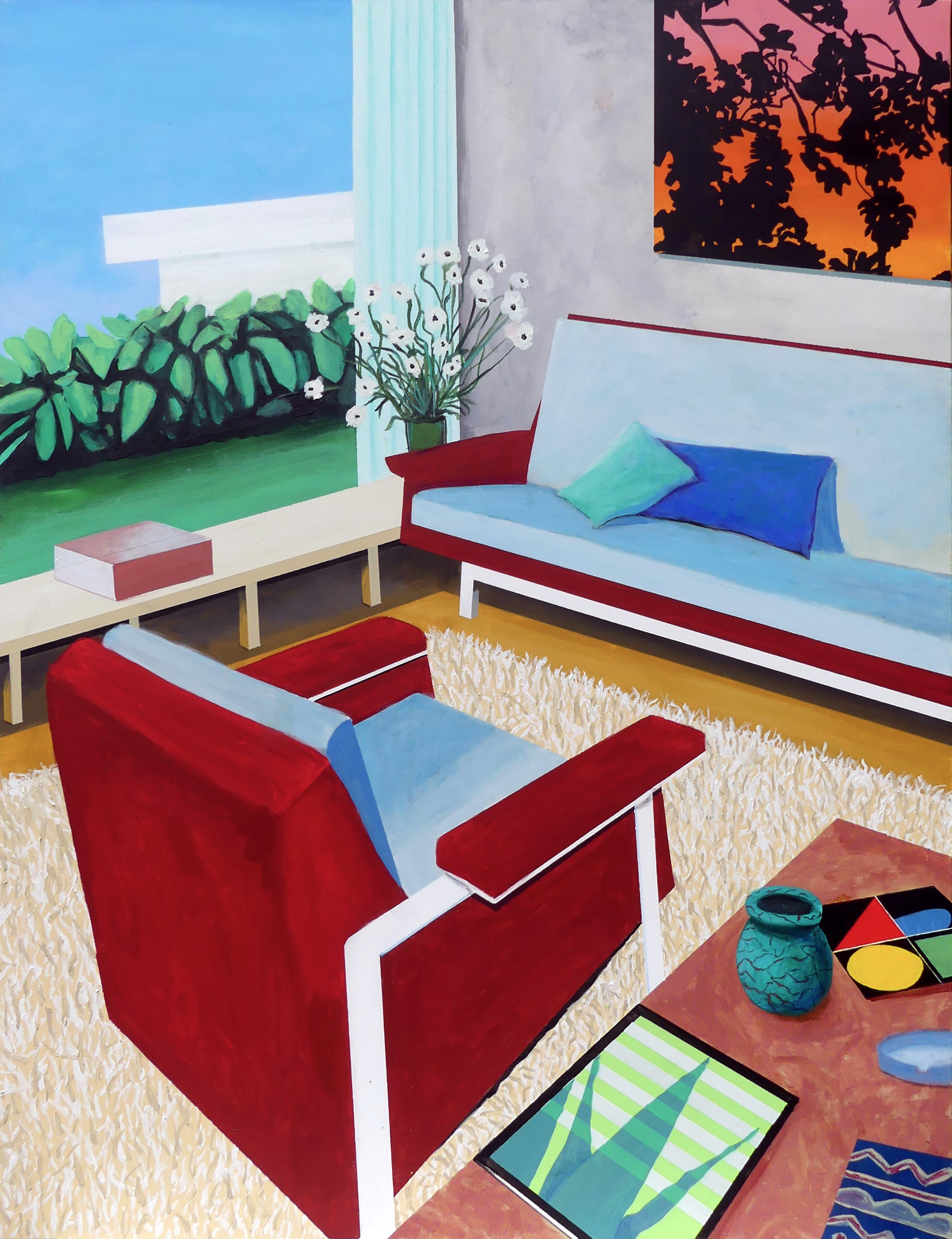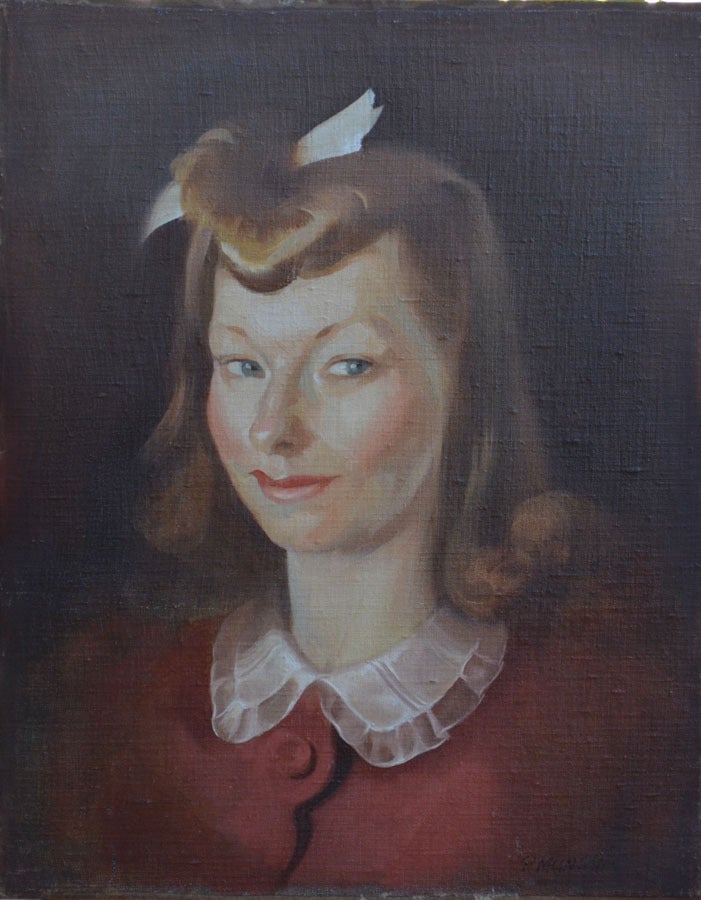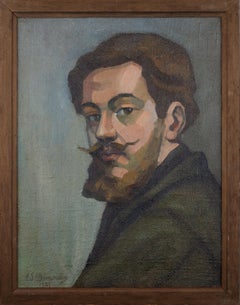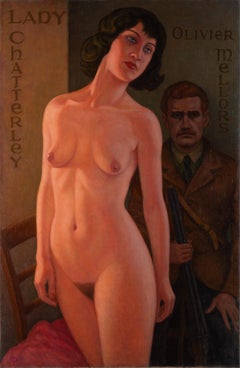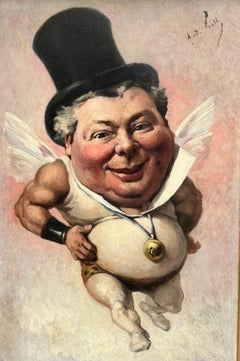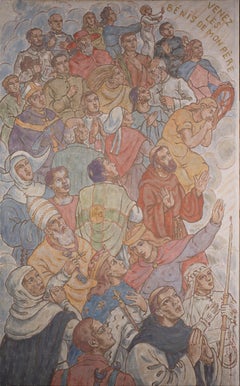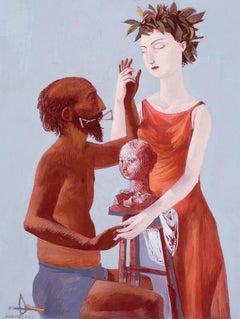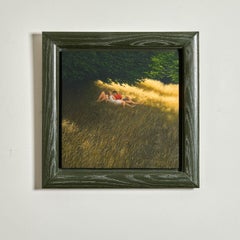Want more images or videos?
Request additional images or videos from the seller
1 of 10
Edouard DumoulinThe Client
$3,092.92
£2,291.31
€2,600
CA$4,254.14
A$4,731.82
CHF 2,482.31
MX$57,738.97
NOK 31,156.09
SEK 29,360.83
DKK 19,796.06
About the Item
Edouard Dumoulin (1898 ) 1973)
The client
Propably around 1940s
Oil on carboard
73 x 50 cm
(82,5 x 64,5 cm with frame)
28.74 x 19.69 in
(32.48 x 25.43 in with frame)
Backside : The temptation of Saint Anthony
- Creator:Edouard Dumoulin (1898 - 1973, French)
- Dimensions:Height: 28.75 in (73 cm)Width: 19.69 in (50 cm)Depth: 1.97 in (5 cm)
- Medium:
- Period:
- Condition:
- Gallery Location:PARIS, FR
- Reference Number:1stDibs: LU2834215724582
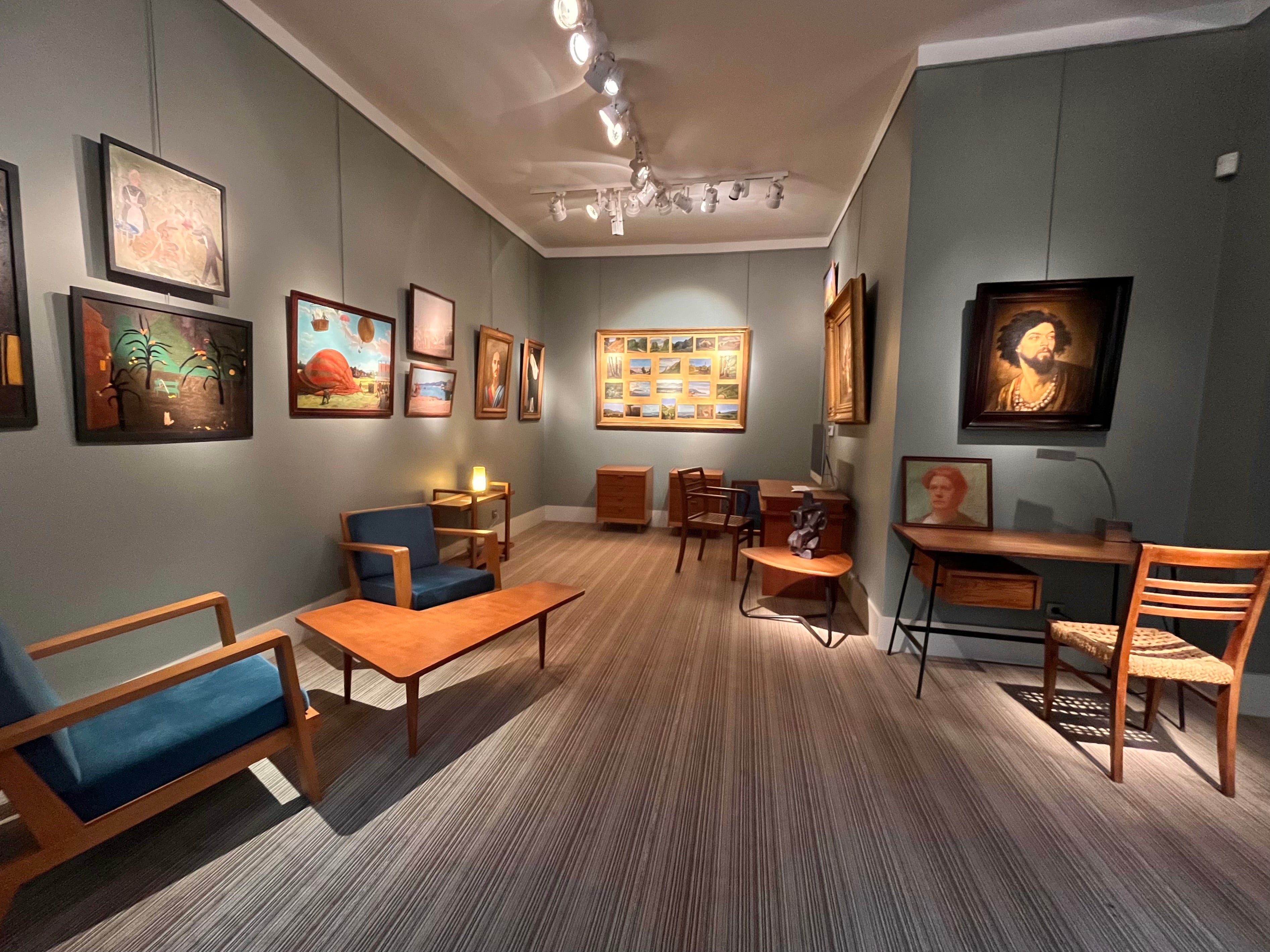
About the Seller
No Reviews Yet
Vetted Professional Seller
Every seller passes strict standards for authenticity and reliability
Established in 1997
1stDibs seller since 2025
- ShippingRetrieving quote...Shipping from: PARIS, France
- Return Policy
Authenticity Guarantee
In the unlikely event there’s an issue with an item’s authenticity, contact us within 1 year for a full refund. DetailsMoney-Back Guarantee
If your item is not as described, is damaged in transit, or does not arrive, contact us within 7 days for a full refund. Details24-Hour Cancellation
You have a 24-hour grace period in which to reconsider your purchase, with no questions asked.Vetted Professional Sellers
Our world-class sellers must adhere to strict standards for service and quality, maintaining the integrity of our listings.Price-Match Guarantee
If you find that a seller listed the same item for a lower price elsewhere, we’ll match it.Trusted Global Delivery
Our best-in-class carrier network provides specialized shipping options worldwide, including custom delivery.More From This Seller
View AllSelf-Portrait of the artist
Located in PARIS, FR
Self-portrait by Edouard Dumoulin (1898 - 1973)
1928
Oil on canvas
48 x 37 cm (54 x 42 cm with frame
18.9 x 14.57 in (21.26 x 16.54 in with frame)
Signed and dated lower left
Online...
Category
1920s Figurative Paintings
Materials
Canvas, Oil
Lady Chatterley
Located in PARIS, FR
Edouard Dumoulin (1898 - 1973)
Lady Chatterley
Oil on canvas
100 x 65 cm
(110 x 75 cm with frame)
39.37 x 25.59 in
(43.31 x 29.53 in with frame)
Inscription from left to right :
L...
Category
1930s Nude Paintings
Materials
Oil
Portrait de Daubray
By André Gill
Located in PARIS, FR
André Gill (1840 - 1885)
Portrait of Daubray (1837 - 1892)
Oil on panel
55 x 37 cm (74 x 55 cm with frame)
Signed top right.
Michel René Thibaut, known as Daubray, was a leading Fre...
Category
19th Century Portrait Paintings
Materials
Oil, Wood Panel
The Blessed
Located in PARIS, FR
Edouard Dumoulin (1898 - 1973)
The Blessed
Oil on canvas
130 x 81 cm (132 x 83 cm with frame)
Category
1930s Figurative Paintings
Materials
Canvas, Oil
Edouard Dumoulin (1898 - 1973) - The Damned
Located in PARIS, FR
Edouard Dumoulin (1898 - 1973)
The Damned
Oil on canvas
130 x 81 cm (132 x 83 cm with frame)
Category
1930s Figurative Paintings
Materials
Canvas, Oil
Portrait of Croele Woman
Located in PARIS, FR
Edouard Dumoulin (1898 - 1973)
Creole woman
1938
Oil on canvas
89 x 74 cm
(97 x 85 cm with frame)
35.04 x 29.13 in
(38.19 x 33.46 in with frame)
Signed and dated top right
Online ca...
Category
1930s Figurative Paintings
Materials
Canvas, Oil
You May Also Like
The Secret Affair
By Giancarlo Impiglia
Located in Bridgehampton, NY
A beautiful acrylic on silk brocade with a gold leaf-covered frame made by Impiglia himself, an artist whose value has only increased over the years.
Born in Rome, Impiglia moved to New York in the ‘70s, where he established a signature style on the shoulders of Futurism and Cubism, his technical skill underpinning his eclecticism and allowing him to indulge in an appetite for complexity. His work has been exhibited in numerous galleries around the world and is part of prominent collections including that of The Victoria and Albert Museum and the Absolut Art...
Category
2010s Figurative Paintings
Materials
Gold Leaf
Nu de dos
Located in LE HAVRE, FR
André LEMAITRE (1909-1995)
Nu de dos, 1980
Oil on canvas
Size : 73 x 60 cm
Signed lower right
Tille and dated on reserve
Painting in very good condition.
Gilded frame offered. Size...
Category
1980s Modern Nude Paintings
Materials
Canvas, Oil
Touch
By Barnaby Fitzgerald
Located in Dallas, TX
“Barnaby Fitzgerald’s outrageously gorgeous paintings are a guilty pleasure - yet the guilt is unnecessary, for they do not cloy or fatten us. They are as intellectually challenging ...
Category
2010s Contemporary Paintings
Materials
Birch, Egg Tempera
Par Moment
By Gérard Schlosser
Located in Toronto, Ontario
Gérard Schlosser (1931-2022) is a renowned French artist celebrated for his hyperrealist figurative paintings that capture cinematic, and often erotic, private moments.
Schlosser's ...
Category
1990s Pop Art Figurative Paintings
Materials
Canvas, Acrylic
2:55 PM
Located in La Baule-Escoublac, FR
In his very Californian settings, Marius Messinese creates an environment that is both synthetic and realistic, halfway between seduction and intrigue. At the crossroads of different...
Category
2010s Contemporary Figurative Paintings
Materials
Canvas, Acrylic
Amour: Helen
By Robert McIntosh
Located in West Hollywood, CA
A rare, early original self portrait by American artist Robert McIntosh(1916-2010)
Robert McIntosh was extremely prolific and exhibited throughout his lifetime, including first priz...
Category
1930s Figurative Paintings
Materials
Oil, Panel
Price Upon Request
